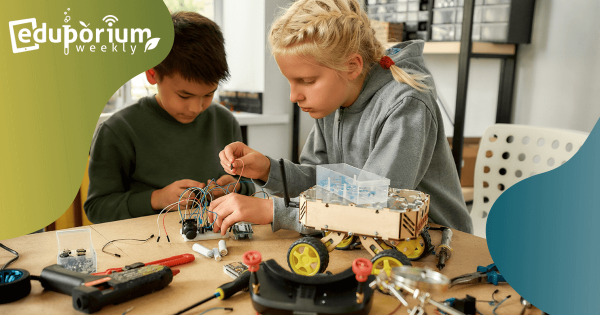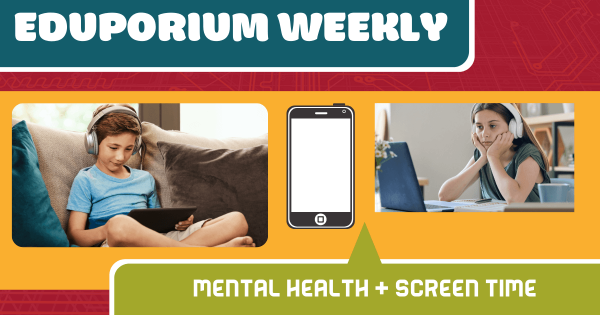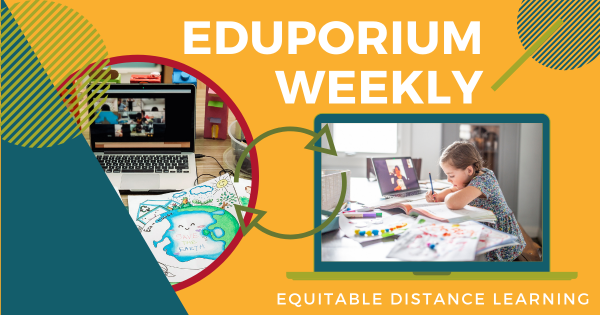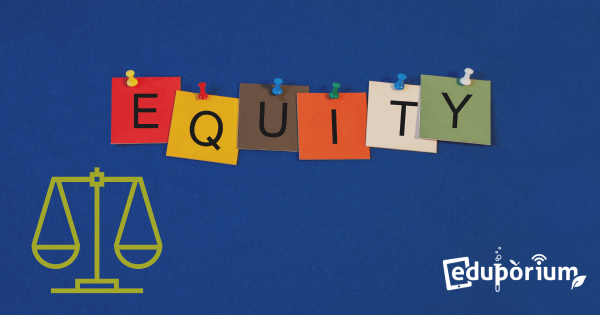Equity in modern learning involves much more than connectivity—although that’s a big piece of this puzzle. Disparities in reliable Internet access along with other inequities (as we constantly felt amid the pandemic) can expose inconsistencies in learning quality. On the other hand, firming up students’ digital safety (while serving their needs) also entails equity considerations.
Digital Equity
Digital equity in K-12 education is crucial in ensuring that all children, regardless of their socioeconomic background, have equal access to opportunities and resources afforded by technology. In an era in which digital skills are increasingly essential for future success, fostering digital equity is imperative. Access to digital tools and the Internet empowers students to engage in 21st-century learning. It levels the playing field, offering each child the chance to explore unlimited information, collaborate globally, and develop essential skills. Without strong, sustained digital equity efforts, a persisting achievement gap may stick around. This means that some students have access to a plethora of online resources and interactive learning platforms, while others lack guaranteed access these fundamental learning tools. And, with a more equitable set of opportunities, kids will benefit.
Digital equity also plays a pivotal role in preparing students for these demands of a rapidly evolving workforce. The ability to navigate digital platforms, utilize online resources, and understand technology isn't only advantageous; it's a prerequisite for success. Moreover, digital equity promotes inclusivity and diversity. By ensuring that all students have access to the same technological resources, educators could create an environment in which individual differences are celebrated, and kids with varied learning styles are accommodated. This fosters a more equitable education experience, preparing kids to contribute meaningfully to an increasingly digital and interconnected global society. It's not just about access to devices and the internet; it is about creating a fair and inclusive learning environment. This ensures that every student can thrive and reach their full potential in the digital age.
-
Eduporium Weekly | The Digital Divide And Learning
It has now been slightly over three years since the pandemic first shook up the education world. Beyond initial struggles with administering emergency instruction and too many parents worrying about kids losing academic and social development, another key factor emerged. We knew there was a big digital divide among our students, but didn’t realize how bad it really was. -
Digital Inclusion: Why Is It So Important In Education?
With information and communications technology (ICT) generally regarded as one of the top sectors across the current workforce, the need for digital literacy proficiencies are now much more urgent across education and that starts with improving digital inclusion and equity in every classroom. We all can help slim the digital divide so digital inclusion is a right not a privilege. -
Striving For Equality And Starting With Equity In Education
Whether it is recovering from remote learning setbacks, addressing gaps in technology access, or focusing on SEL recovery, things got really tough on many students. Plus, since not all students in all geographical areas and of all socioeconomic backgrounds have access to all the same opportunities, it’s easy to understand that certain achievement gaps will persist. -
Student Mental Health And Their Screen Time
While other pandemic-induced issues, like inequity, isolation, relationships, and SEL have been crucial focal areas, the effects of too much screen time on their daily development have also caught up with many students. As we continue to hone in on student mental health concerns, it’s often important for parents and educators to keep digital wellbeing in focus for kids. -
Eduporium Weekly | More Equity In Distance Learning
For thousands of children, physically attending school in person is the only notable way they can connect with others. It may be because they’re living in very rural areas without guaranteed Internet access or they may struggle with economic limits that prevent them from paying for an Internet plan but these newly illuminated inequities in remote learning aren’t really new. -
Eduporium Weekly | Talking About Tech Equity
In the last few years, more focus has been put on digital or technological equity and a strong push has been made to ensure that every student has access to tech tools that help them grow. This is important not only because technology affords students with enriched opportunities, but it also helps prepare them for a lot of the challenges -
Eduporium Weekly | Welcome to 2017
We have a feeling that 2017 is going to be a good one for education, technology, and the pair’s relationship. With that being said, it’s not too early to take a look at what lies ahead for EdTech this coming year. The trends and tendencies are popping up everywhere and include things like virtual reality, coding, collaboration, and, yes, more -
Eduporium Weekly | For Digital Learning And Digital People
Think about it. Today’s adults spend most of their working day using a computer to carry out a range of responsibilities from communication to projects and everything in between. They use programs, websites and office productivity software. Most of them probably also learned the specific, tech skills for their job once they had already accepted it.












